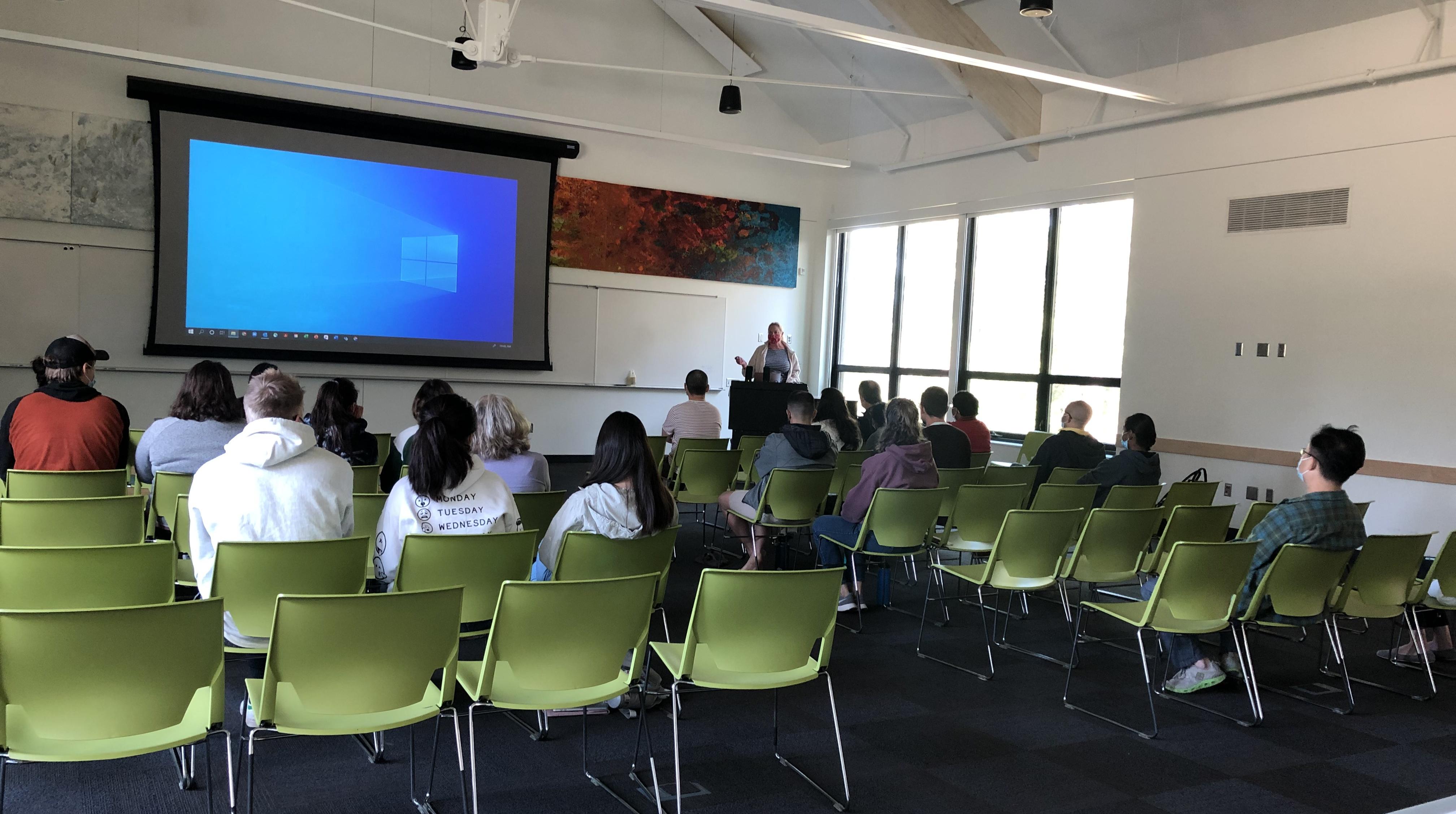
What's "In the News" in the Niedernhofer Lab!
Dr. Laura Niedernhofer was invited to give a lecture at the WALS Lecture Series on Wednesday, February 21st. It was also named the lectureship for Margaret Pittman. The NIH Director’s Wednesday Afternoon Lecture Series, colloquially known as WALS, is the highest-profile lecture program at the NIH.
University of Minnesota Alumni Magazine featured iBAM's work in the Winter 2023 issue! This feature and photo of Dr. Niedernhofer also made the cover. Check out the full article here!
Dr. Niedernhofer and Dr. Robbins participated in the UMF Innovation with IMPACT: Science of Care and Aging event. This premier cultivation and stewardship event connected top medicine and health donors, prospects, and community partners directly with key faculty experts.
Check out this Focus Scientist video created by Diurnal Variation: Tuba Ali, Joleen Nosko, Hannah Rehreaur, Nicole Nelson, Anna Oehlke, Pramit Jagtap, Harith Dameh, Hakimo Gabow, Silas Simpson, and Wren Farrell. As part of their Nature is Life project, they highlighted Dr. Niedernhofer's career!
An interview with Dr. Niedernhofer at the World Science Festival!
Dr. Niedernhofer joins a panel of aging experts - Lifespan Expanded: The Scientific Quest For A Fountain Of Youth!
U of M to help lead a national network to map rare cells implicated in human health and disease!
The University of Minnesota is a part of the National Institutes of Health (NIH) program to study a rare type of cells, called “senescent” cells, that play both positive and negative roles in biological processes. As 1 of 16 sites in the NIH Common Fund’s Cellular Senescence Network (SenNet) program, U of M researchers — spanning 10 departments — will study how senescent cells accumulate and damage or heal neighboring tissue during normal human aging. Full article here!
Mayo Clinic, U of M researchers target biology of aging for potential COVID-19 treatment
New research from Mayo Clinic and University of Minnesota Medical School reveals a potential treatment for those most vulnerable to COVID-19. KARE11
Check out this article in the Star Tribune!
University of Minnesota, Mayo report COVID-fighting success with anti-aging therapy. Clearing out so-called zombie cells could reduce inflammation and immune system overreaction to COVID-19 that often causes severe illnesses and deaths. StarTribune
An interview with Dr. Niedernhofer in the Star Tribune!
Dr. Laura Niedernhofer - director of the Institute on the Biology of Aging and Metabolism, one of four Medical Discovery Teams funded by the state - works on treatments that could help keep us out of the healthcare system altogether. Where Discovery Creates Hope: Preparing Minnesota for the “Silver Tsunami”
College of Biological Sciences: An interview with Dr. Niedernhofer
What if by addressing the underlying cause of aging we could prevent age-related illnesses? New research points the way to extending “healthspan.” The new old age
California teen traveling to U of M to study her own rare skin disorder, Xeroderma Pigmentosum (XP)
The University of Minnesota doesn't normally award summer research internships to a high school junior, but Aimee Milota isn't normal. She's one in a million! KARE11
'Zombie cells' building up in your body may play role in agingSenescent cells, also known as 'zombie cells' start out normal but enter a state of suspended animation when they encounter stress instead of dying. The cells then release chemicals that harm nearby normal cells. First Coast News